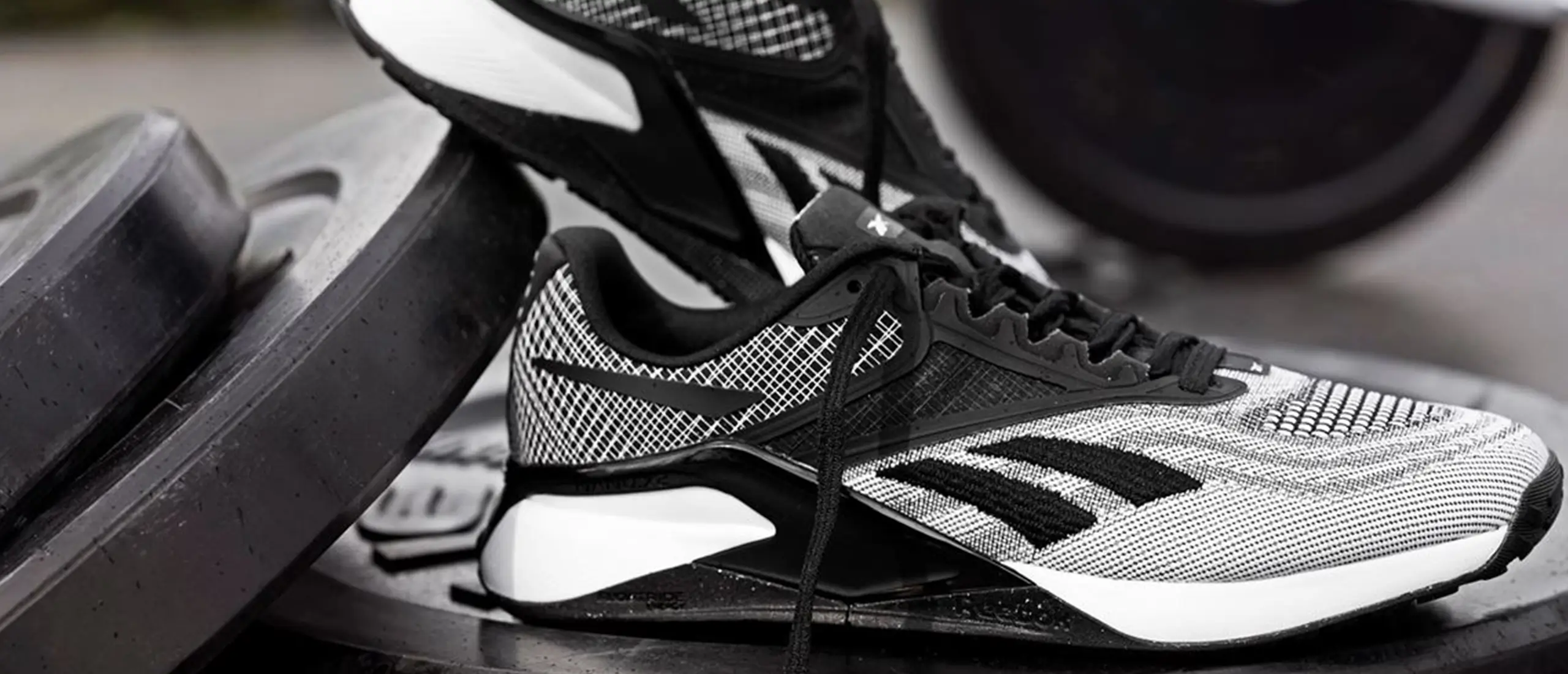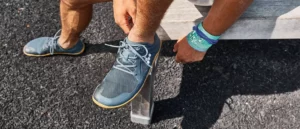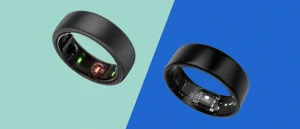Why These Cross-Training Shoes Are About to Be the Most-Worn Shoes in Your Closet
The right pair of sneakers can make or break your workout. When it comes to CrossFit, few other shoes (save NoBull) are more infamous than the Reebok Nano. But after losing their partnership with the CrossFit games in 2020, Reebok has made tweaks to their design to smartly position the Nano as a catch-all training shoe.
The Reebok Nano X2 was born, touting fitness versatility and claiming to be capable of intense gym sessions, running, and everyday wear all at once. But is it? I wore a pair through squats, deadlifts, lunges, agility work, running, and around town for the past six months to put them to the test.
Want more gym shoe reviews? Check out our guide on the subject. Every product we recommend is tested, reviewed, and compared against the competition.
What are the Reebok Nano X2 Shoes?
Reebok’s Nano sneaker came out early 2011. As a sponsor of the CrossFit Games, the Nano—designed for high impact movements, weightlifting, and short-distance running—instantly became the shoe of CrossFit.
Reebok has updated the shoe constantly to accommodate athlete feedback and the increasing (and shifting) demands of training. These include a more durable upper, a heel clip for added support, and a wider toe box to accommodate weightlifting.
After distancing themselves from the CrossFit world, Reebok has added a few new features to make their kicks even better for general fitness purposes. These changes include the addition of the brands “Floatride Energy” foam for more lightweight and responsive cushioning, and a much higher heel drop (7mm) which in theory makes the Nano X2 better for running than previous models (which featured a 4mm drop).
We also called Reebok’s Nano X2 the best shoe for CrossFit in our guide to gym shoes.
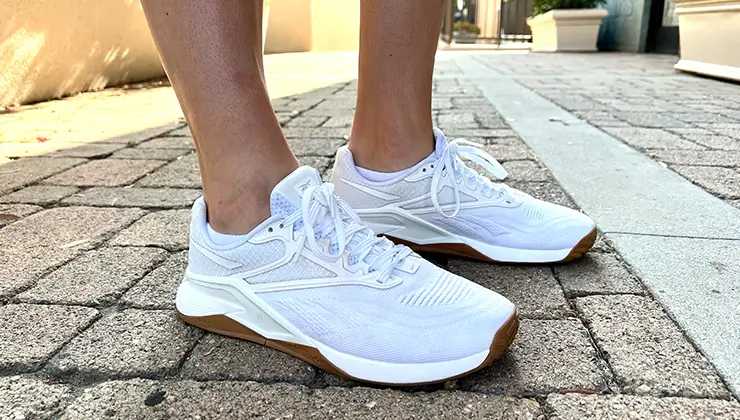
What’s Good About the Reebok Nano X2 Cross-Training Shoes?
Excellent for weightlifting
When it came to weightlifting, I had my doubts about how this shoe would stack up. The high heel drop means the shoe sits higher off the ground than standard weightlifting shoes, which can decrease stability. The Nano X2 also features more cushioning, which could reduce ground feedback during a lift. But if you’re considering a shoe for weightlifting tasks, the Nano X2, surprisingly, excels.
They might not feel as stable to someone who prefers training in a lower drop shoe (like Converse), but I found performing squats, deadlifts, and lunges in the Nano X2 to feel secure and stable. Despite the cushioned midsole, the foam does not feel squishy even during squats.
As far as grip, the outsole of the shoe provides plenty of traction. The heel clip cradles your heel to add more side-side support and keeps your foot locked in place throughout a lift. The front of the shoe also widens a bit, allowing your foot to spread naturally to accommodate heavy loads.
Effective for HIIT, CrossFit, and short-distance running
While not perfect, I can see why the Nano X2 is a favorite as an all-around trainer. Because the shoe features more cushioning and a higher heel drop, they’re a solid companion for your WOD, HIIT workouts, and short-distance runs.
I was surprised to find these features didn’t noticeably detract from the stability of my strength workouts, and also added the reaction I was looking for in agility-based moves like box jumps and burpees.
As someone who consistently runs in the Nike Vaporfly for speed work, and the Hoka Mach 5 for slower runs, I was skeptical of the Nano X2 as a running shoe. But I happily trotted through a warm-up jog and fired off a few sprints in the middle of my HIIT workout.
The cushion, added heel padding, and slight forefoot bevel make it more suited to running than most cross-trainers. But after months of wearing them, I’ve shifted from warmup jogs to incline walks which feel more natural in this shoe, and reserve the running for my running shoes.
Surprisingly stylish
Hands down my favorite place to sport these shoes was around town after my workout. Not only did I score some compliments, but I felt pretty snazzy strolling into Target. If like me, you tend to wander around town for a few hours after hitting the gym, the Reebok Nano X2s are hard to beat.
I love the clean look of an all-white shoe. But if you prefer something more flashy, the Nano X2 comes in 10 colorways—some more eclectic like orange flare and others classic like white and black.
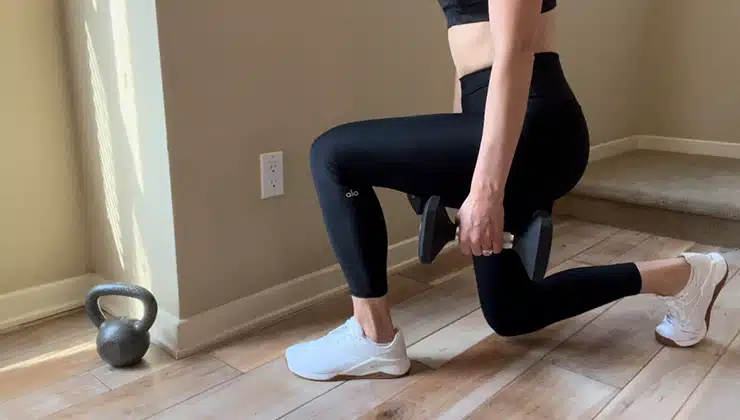
What’s Not Good About the Reebok Nano X2 Shoes?
The fit is wide
This shoe is very wide through the front of the foot. This is by design because the wide foot allows more stability during weightlifting and other exercises. Reebok aims to establish security with the stiff upper and a heel clip that encroaches each side of your foot to hold it in place.
But as someone with a narrow foot and sprain-prone ankles, I experienced slippage when hopping from foot to foot to perform speed skaters. It was enough to wane my confidence in doing more dynamic lateral movements in these shoes.
If you have a narrow foot, Reebok recommends sizing down a half a size. Although, since the length is near perfect as is, I suspect a smaller size wouldn’t be long enough for my foot.
Versatility means no specificity
If you need a shoe to do it all, the Nano X2s should be in the running. But anytime a shoe offers versatility, know that sacrifices were made to improve performance in other areas.
For starters, there’s give-and-take to the wide forefoot mentioned above. There’s also more room between the footbed and ground (around 7mm) in comparison to other popular cross-training shoes like the Nike MetCon, NoBull, or budget-friendly Puma Fuse. This space makes the shoe better for running but decreases the stability many serious weightlifters look for.
Its lack of a more emphasized heel and curved forefoot make it more stable for weightlifting but take away from its functionality as a running shoe. The sole of the mid-foot and heel are stiff, which can make running long distances (like my test 8K) feel a bit clunky and disconnected—just one reason why I prefer not to run in these if I don’t have to.
Breaking-in pains
These shoes need breaking in. Even on a leisurely trip to Nordstrom Rack, I found my shins and feet tiring as I chased my husband around the racks. Eventually, I caught myself pausing on the sidelines (and I am not a sidelines shopper).
After the first few weeks, the tough upper needed stretching out, and I wasn’t quite used to the rigid sole. Plus, since the upper material is so thick, I experienced a slight pinch in the material over my forefoot while running, or when flexing my back foot during a reverse lunge for example.
Months into wear, these woes are barely noticeable. My feet have taken to these shoes so well, I don’t notice they’re there during lifting sessions, and wouldn’t bat an eyelash at making loops around Target post-workout. However, they do still pinch the forefoot. Not a deal breaker, but noticeable.
The Experience
My first experience with this shoe was delightful. I loved how they looked right out of the box. As someone who has recently strayed from classic white shoes in an attempt to be more fun, my pure joy at opening my first pair of fresh whites in a few years was embarrassing and uncontrollable. I couldn’t wait to wear them to the gym.
As a trainer who prides myself in blending activities—strength training, mobility, HIIT, the occasional WOD (because can you be a fitness trainer if you’re not half-crazy?), and running—I was excited for a pair of cross-trainers that was designed for them all. True to the shoe (and me), I put them through a combo.
For running
Starting with a warm-up jog, I was thrilled at the convenience of not having to change from my runners to the flat trainers I typically use for weight lifting. But, I noticed the feel was a bit disconnected.
The relatively flat design of the shoe was a shock in comparison to my running shoes, but it was the tough upper that encroached on my toe space that bugged me the most. Overall, not a dealbreaker, more of a slight annoyance that wouldn’t stop me from doing my warmup, speed work, or short runs in them if I was already at the gym or in a class.
For weight lifting
From there I moved into my strength workout. No issues here. I especially liked them during my main lifts: deadlifts and squats. The wide toe box meant I could plant my toes for more support, and the heel clip and stiff upper worked to minimize shifting from side-to-side. I tend to sneak my ankles out during squats which can lead to internally rotating the knees, but these shoes kept my feet stable and locked into place.
For dynamic exercises
I finished up with some more dynamic work: box jumps, speed skaters, step ups, and burpees. I found during movements that moved in the sagittal plane (straight forward and back) like box jumps and burpees the shoes were surprisingly dynamic.
But when it came to speed skaters, the wideness of the shoe was an issue for my particularly narrow heel. Despite the heel clip and durable upper, I slipped so much inside the shoe I decided to axe the speed skaters after set one. I might consider downsizing a half size before giving lateral movements another go.
Overall
Overall, these are a solid all-around shoe. When I’m heading to a class or a session where I’m planning to dig into a variety of training elements, I won’t hesitate to throw them on. But, if I’m specifically running, I prefer to stick to my tried-and-true running shoes as they offer more tailored support and bounce, and an integrated toe-off experience.
The Competition
Nobull
The NoBull Trainers ($129) reign supreme when it comes to cross-training shoes that lean towards lifting. Its flat and rigid sole is ideal for weightlifting, while the durable upper provides the support needed for CrossFit workouts. I personally enjoyed lifting in the NoBull trainers more than the Nano X2s, but the Nano X2s are a better all-around shoe for agility, especially if you want to throw some quick sprints or a cooldown jog at the end of your workout.
Nike Metcon
The Nike Metcon ($130) is another worthy adversary. Its blend of stability and versatility make it a good fit for weightlifting and CrossFit. The responsiveness of this shoe is beloved for HIIT and agility workouts. Plus, it’s Nike, need I say more? Where the Nano X2s have the Metcons beat is running and everyday wear. The Metcon’s narrow fit can lead to a cramped feel, which isn’t ideal if you’re on your feet for long periods of time. An issue the Nano X2s don’t have.
Puma Fuse
If price is the holdup, consider the Puma Fuse is another great gym shoe that racks up a few less bills ($90). They’re great for weightlifting, agility work, and even aggressive stretching. But if you’re looking for a pair of trainers you can run in, skip these.
The Bottom Line
The Reebok Nano X2 is a great versatile cross-training shoe. I was amazed at how this shoe provided stability during heavy weight lifting while simultaneously being light and responsive during speed and agility workouts. If you’re looking for a shoe that can stack up to weightlifting, HIIT, running, and everyday wear I wouldn’t hesitate to pick up a pair.


